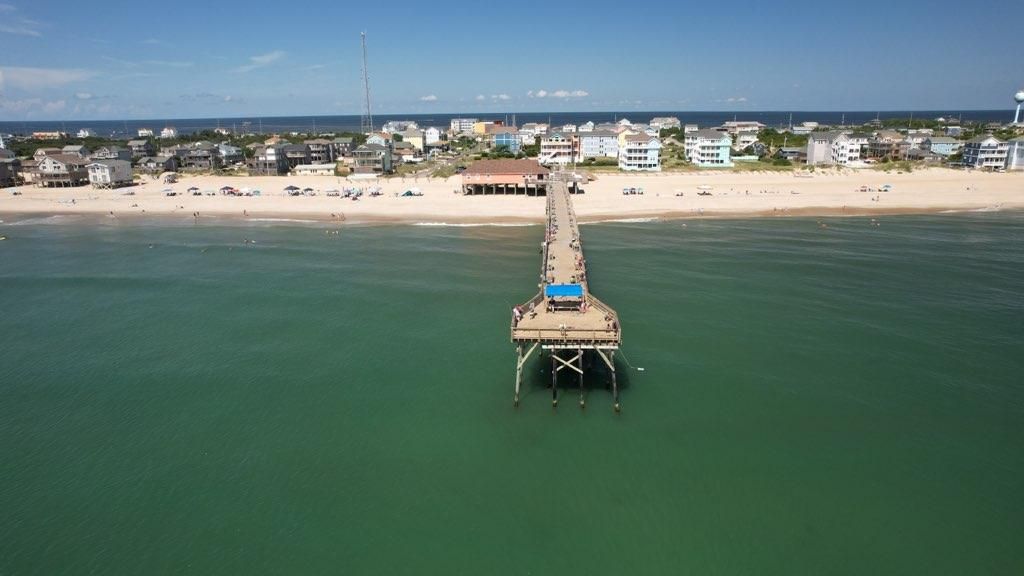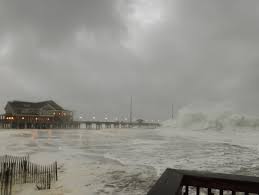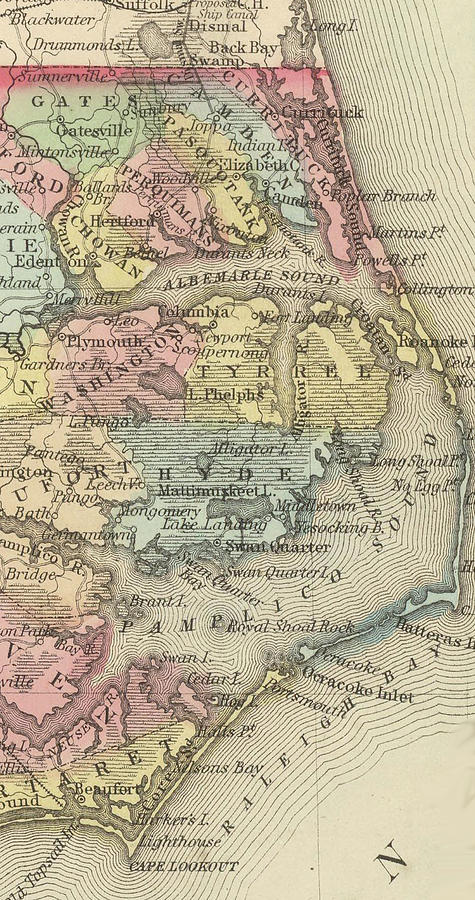Night Sky: Three nearby galaxies and other night sky highlights for April

This is the Andromeda Galaxy. It’s the closest large galaxy to the Milky Way. With a visual magnitude of +3.3, you might be able to see it with your naked eye on a very clear, dark night. The earliest known record of it was made by a Persian astronomer in 964 B.C. It also appeared on a Dutch star map in 1500 A.D.
In 1764, Charles Messier added it to his list of objects that shouldn’t be mistaken for comets. But, Messier credited its discovery to German astronomer Simon Marius in 1612. It was listed as the 31st entry, and thereby gained the common name M31.
The Andromeda Galaxy is about 2.5 million light years away from us. It’s one of the most distant objects you can spot with your naked eye.
There are two other Messier object that are conspicuous in this image. The first is the small spiral galaxy slightly below and to the left of M31. That’s M110, which was discovered by Messier in 1773, but he did not include it in his catalog. Modern astronomer, Kenneth Jones designated it as the last Messier object in 1966. It has a visual magnitude of +8.1, and is about 2.7 million light years away from us.
Slightly above and to the right of M31 is M32. It was discovered by Guillaume Joseph Le Gentil in 1749. Messier saw it in 1757 and added it to his catalog in 1764. M32 has a visual magnitude of +7.9 and is about 2.5 million light years from us.

This is a good image I got of M81 and M82 on March 3. They are almost 12 million light years from us, but only 150 thousand light years apart from each other. M81 has a visual magnitude of +6.9 and M82’s is +8.4. Both galaxies were discovered by Johann Bode in 1774 and added to Messier’s catalog in 1781. M81 is commonly called Bode’s Galaxy. M82 is called the Cigar Galaxy.
What you can look for in April’s Night Skies
April is going to start with great views of Saturn and Jupiter in the morning skies. Saturn rises at 4:08 a.m. on April 1, and Jupiter follows at 4:45 a.m. Sunrise is at 6:48 a.m., so if you’re planning on watching it, go about an hour early and see if you can spot these two gas giants. Neptune rises at 6:01 a.m. follow by Mercury at 6:16, but I think you probably won’t be able to see them through the morning glow.
April’s evening skies feature Mars and Uranus in the western skies. Mars will be about 35° and Uranus will be about 10° above the western horizon.
Moon Phases:
Last Quarter is April 4
New Moon is April 11
1st Quarter is April 20
Full Moon is April 26






















